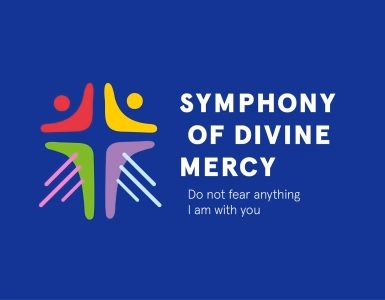Each year, Ash Wednesday marks the beginning of Lent and is always 46 days before Easter Sunday. Lent is a 40-day season (not counting Sundays) marked by repentance, fasting, reflection, and ultimately celebration. The 40-day period represents Christ’s time of temptation in the wilderness, where he fasted and where Satan tempted him. Lent asks believers to set aside a time each year for similar fasting, marking an intentional season of focus on Christ’s life, ministry, sacrifice, and resurrection.
Who Celebrates Ash Wednesday?
Have you ever noticed, usually in February or March, a lot of people walk around with an ash cross on their foreheads once a year? You probably knew it had something to do with Lent, but you weren’t sure why the ash cross was significant.
Or maybe, you grew up in a Catholic or Protestant church that held Ash Wednesday services each year, so you’re already familiar with the service but aren’t too sure about the history of Ash Wednesday and Lent and what they have to do with the Christian faith. Read on if you want to learn more about this important day in the liturgical calendar and why so many celebrate Ash Wednesday and Lent!
Often called the Day of Ashes, Ash Wednesday starts Lent by focusing the Christian’s heart on repentance and prayer, usually through personal and communal confession. This happens during a unique Ash Wednesday service.
What Happens on Ash Wednesday?
During Mass (for Catholics) or worship service (for Protestants), the priest or pastor will usually share a penitential and reflective sermon. The mood is solemn – many services will have long periods of silence and worshipers will often leave the service in silence.
Usually, there is a responsive passage of Scripture, usually centered around confession, read aloud about the leader and congregation. Attendees will experience communal confession and moments where they are prompted to confess sins silently and pray.
After all of this, the congregation will be invited to receive the ashes on their foreheads. Usually, the priest or pastor will dip his finger into the ashes, spread them in a cross pattern on the forehead, and say, “From dust you came and from dust you will return.”
Source and Meaning of the Ashes
In many congregations, the ashes are prepared by burning palm branches from the previous Palm Sunday. On Palm Sunday, churches bless and hand out palm branches to attendees, referencing the Gospels’ account of Jesus’ triumphal entry into Jerusalem, when onlookers lay palm branches on his path.
The ashes of this holiday symbolize two main things: death and repentance. “Ashes are equivalent to dust, and human flesh is composed of dust or clay (Genesis 2:7), and when a human corpse decomposes, it returns to dust or ash.”
“When we come forward to receive ashes on Ash Wednesday, we are saying that we are sorry for our sins and that we want to use the season of Lent to correct our faults, purify our hearts, control our desires and grow in holiness so we will be prepared to celebrate Easter with great joy”
With this focus on our own mortality and sinfulness, Christians can enter into the Lent season solemnly while also looking forward in greater anticipation and joy to the message of Easter and Christ’s ultimate victory over sin and death.





